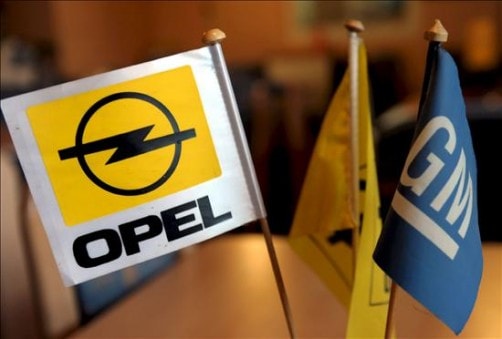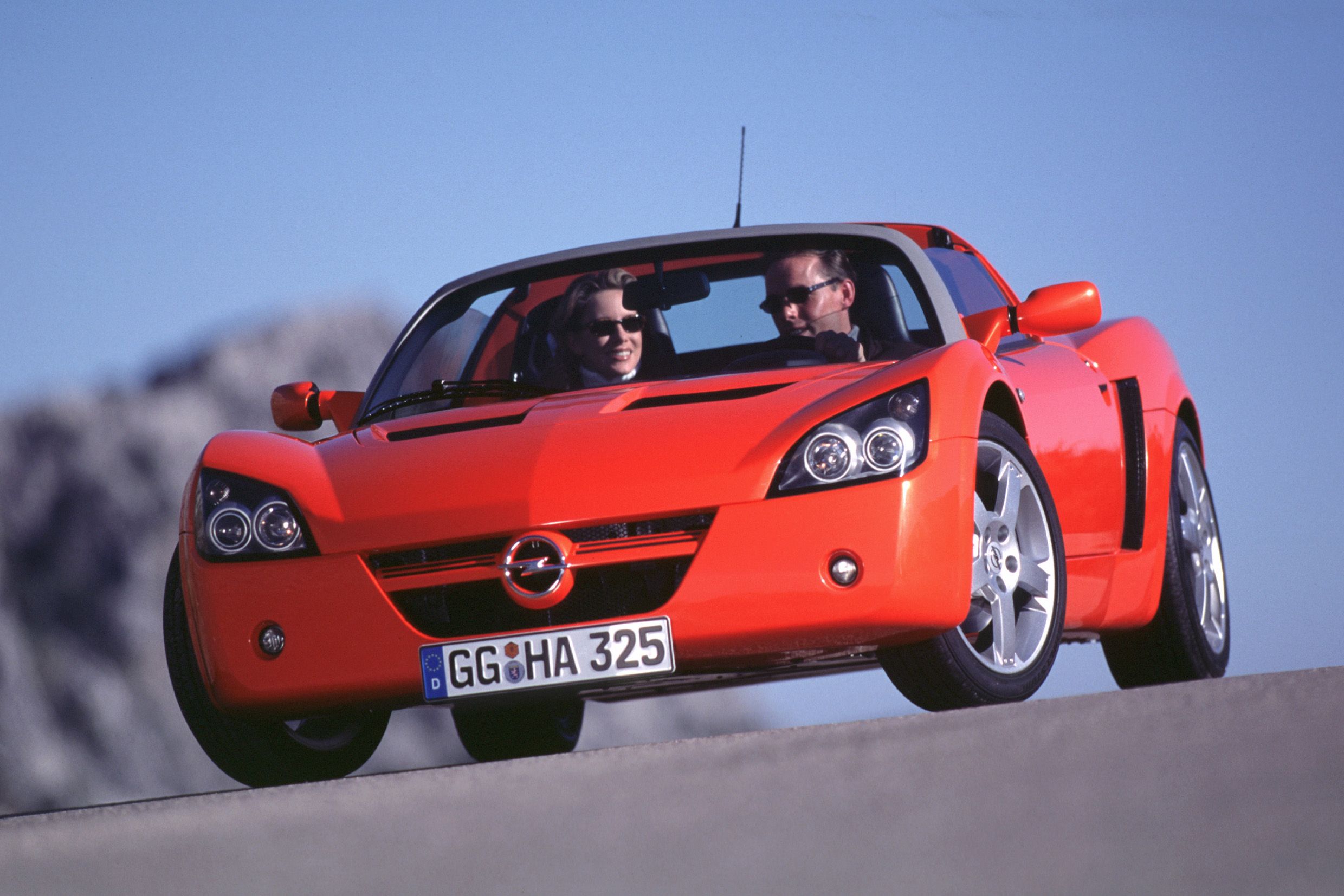Decoding General Motors' Decision to Part Ways with Opel

by AutoExpert | 7 December, 2023
In 1929, General Motors (GM) made a strategic move by acquiring Opel, aiming to dominate the European auto market. Alfred P. Sloan Jr, the then-CEO of GM, envisioned this acquisition as a step towards making GM a European automotive powerhouse. Indeed, for a while, it seemed like a success story with Opel becoming the largest automaker in Europe by World War II.
Opel's journey under GM's umbrella was not without its highs and lows. The brand enjoyed popularity in Europe, especially in the 1970s, even outperforming Volkswagen in Germany. However, as GM shifted its focus from quality to financials, Opel's market share started dwindling.

The idea of selling Opel first surfaced in 2009 under Fritz Henderson's leadership at GM. Despite the initial rejection, this idea foreshadowed future events. By March 6, 2017, GM's European chapter closed with the sale of Opel and Vauxhall to the PSA Group, marking an end to an era for $2.2 billion.
The big question is: Why did GM retreat from Europe? The answer lies in a mix of chronic financial losses and the unexpected twist of Brexit. From 2011 to 2017, GM's European ventures bled about $1 billion annually. Mary Barra, GM's leader at the time, decided to pivot away from these losses.

Despite efforts by new CEO Karl Thomas Neumann in 2014, and a near brush with profitability in 2016, Opel couldn't completely turn around. The Brexit referendum in 2016 further complicated things, impacting the automotive industry significantly. Opel, already on shaky ground, felt these changes acutely, leading to production cuts and reduced staff hours.
Ultimately, GM chose to redirect its focus towards more profitable markets: the U.S. and China. In Europe, American cars, including GM's offerings, faced stiff competition from local brands. The company's strengths in larger vehicles like Cadillacs and trucks did not align with the European preference for smaller, more efficient cars. With the booming love for SUVs and trucks in China, GM found a more receptive market for its key products.

The decision to sell Opel was not just about cutting losses; it was a strategic realignment, refocusing on markets where GM could leverage its strengths. This move illustrates the complex interplay of market dynamics, brand strategy, and geopolitical shifts in the global automotive industry.

















